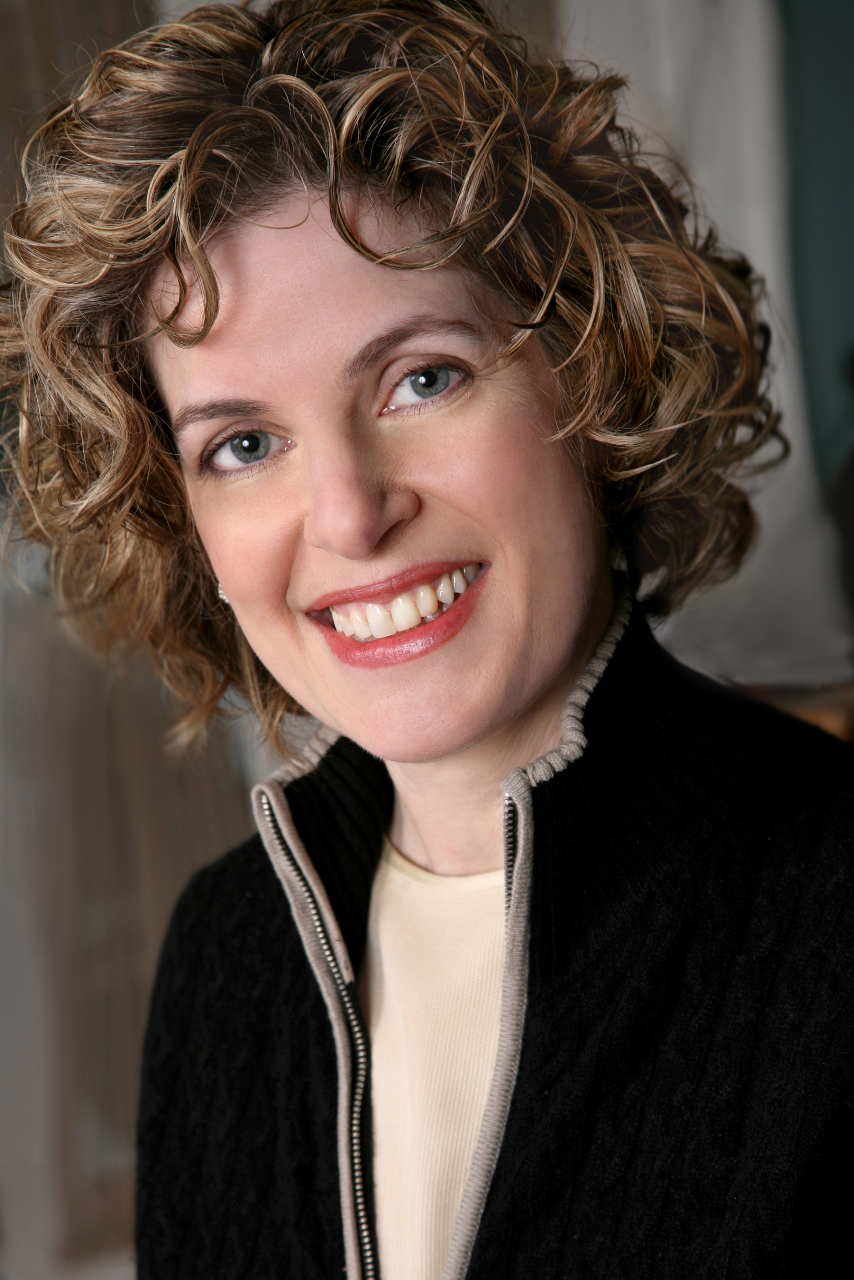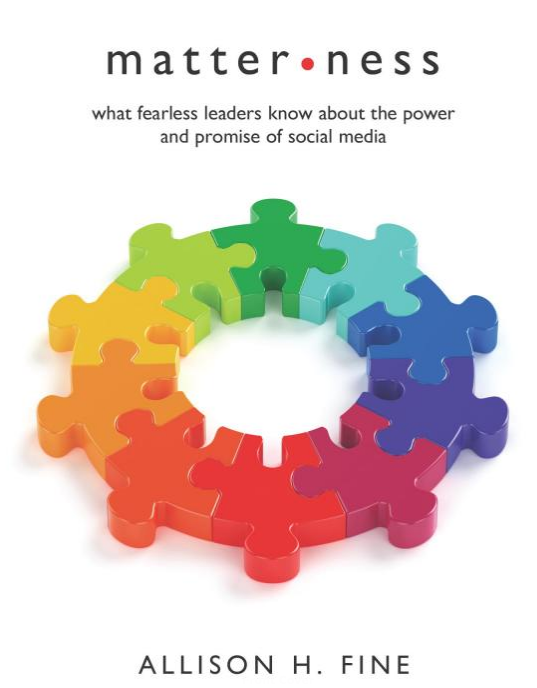 Gathering crowds to help your cause is an essential part of working in a networked world. Crowds create capital, or “go-go juice,” that can include human connections, intelligence and expertise, resources like equipment and furniture, and, of course, money.
Gathering crowds to help your cause is an essential part of working in a networked world. Crowds create capital, or “go-go juice,” that can include human connections, intelligence and expertise, resources like equipment and furniture, and, of course, money.
Ideas and ventures that would have been impossible when capital was scarce are now possible because of social media platforms like Kickstarter and Indiegogo. Creating capital is an essential part of what I call “Matterness,” the powerful force of mutual interest that happens when organizations and people work with one another rather than at one another.
Crowds can be difficult for organizations to work with because people in crowds aren’t trapped in databases or sitting quietly as an audience. People come and go as they please, not necessarily according to the wishes of organizations. Here are the three essential steps for turning crowds into organizational go-go juice.
1. Understanding the Need
Successfully leading crowds takes clarity of purpose, intentionality, and some elbow grease. People need to be treated with dignity and respect, which means ensuring that their time and intelligence are respected and used well. By thinking clearly about why and how to engage crowds, organizations will turn some of these doers into donors, who are more invested in the organization and more likely to give over time.
2. Creating “No Fake” Zones
Crowd members want real, meaningful opportunities to help an organization. Fake requests like: Send me money today, or my opponent will win and send your children to Russia for kindergarten! do more harm than good. Fakery also include messages that look like they are from real people but are from black-hole email addresses like “no reply.” Social media are conversational vehicles. People are smart, they can see through artificial requests for help that are really just excuses to ask for donations and opportunities to capture contact information. Building trust with a crowd is essential to keeping people engaged longer.
3. Following and Leading. There are times when what an organization wants to get is different from what constituents want to give. When this happens it is smarter for an organization to become a follower rather than a leader. Organizations need to be on the lookout for crowds that form that can enhance their efforts — but beware, these crowds cannot be “owned” by organizations. Leaders need to focus on Matterness in these instances and find the sweet spot that exists between what crowds what to give and what an organization needs. It’s there, it just may take some conversations between the crowd and the organization for it to emerge.
*Allison Fine is the author of Matterness: What Fearless Leaders Know About the Power and Promise of Social Media. In addition, she is the author of the award-winning Momentum: Igniting Social Change in the Connected Age, and co-author of the bestselling The Networked Nonprofit. Her blog, A. Fine Blog, can be found at www.allisonfine.com


COMMENTS